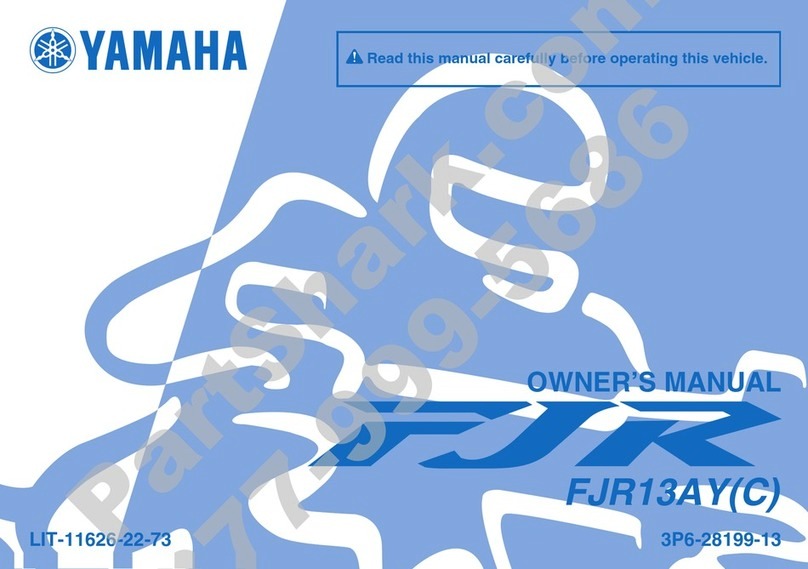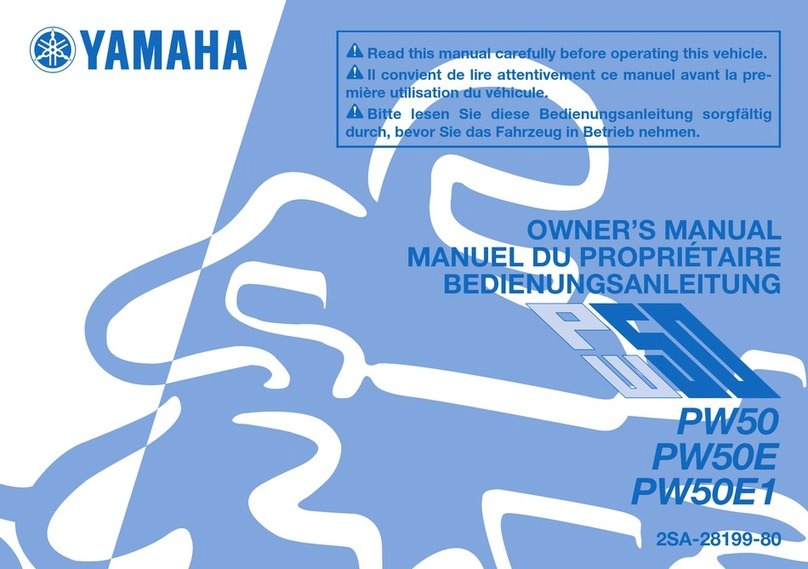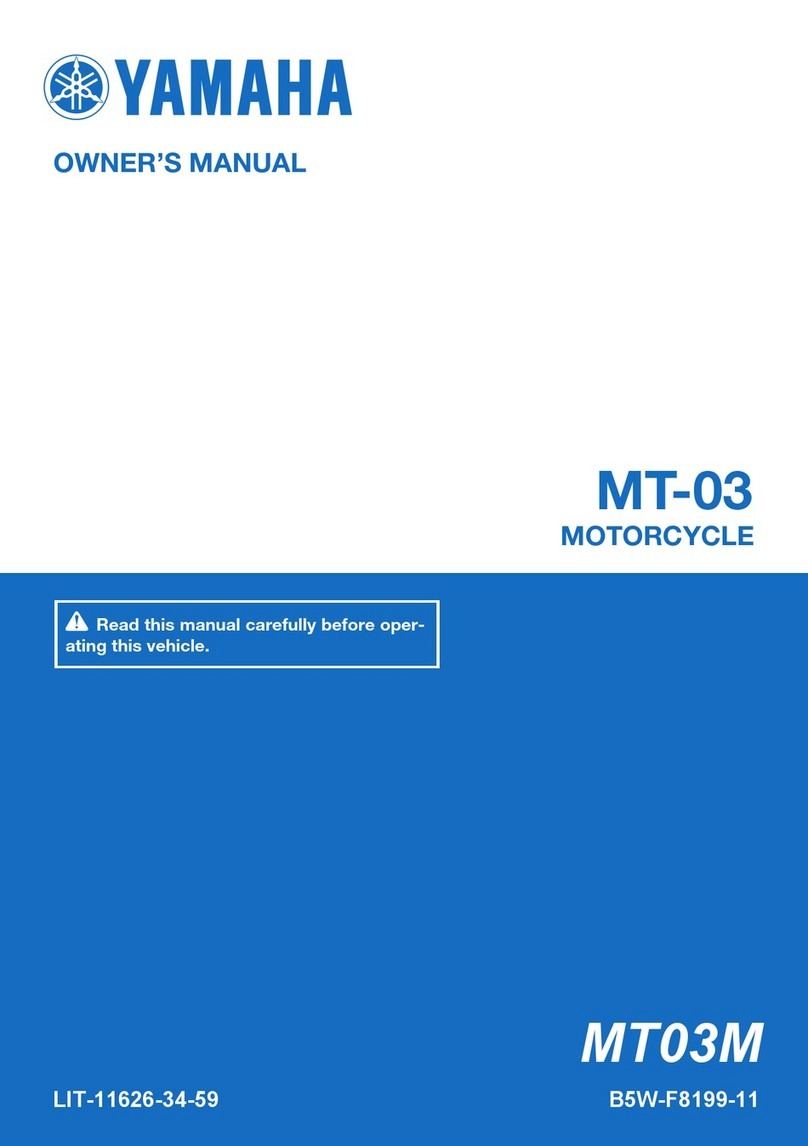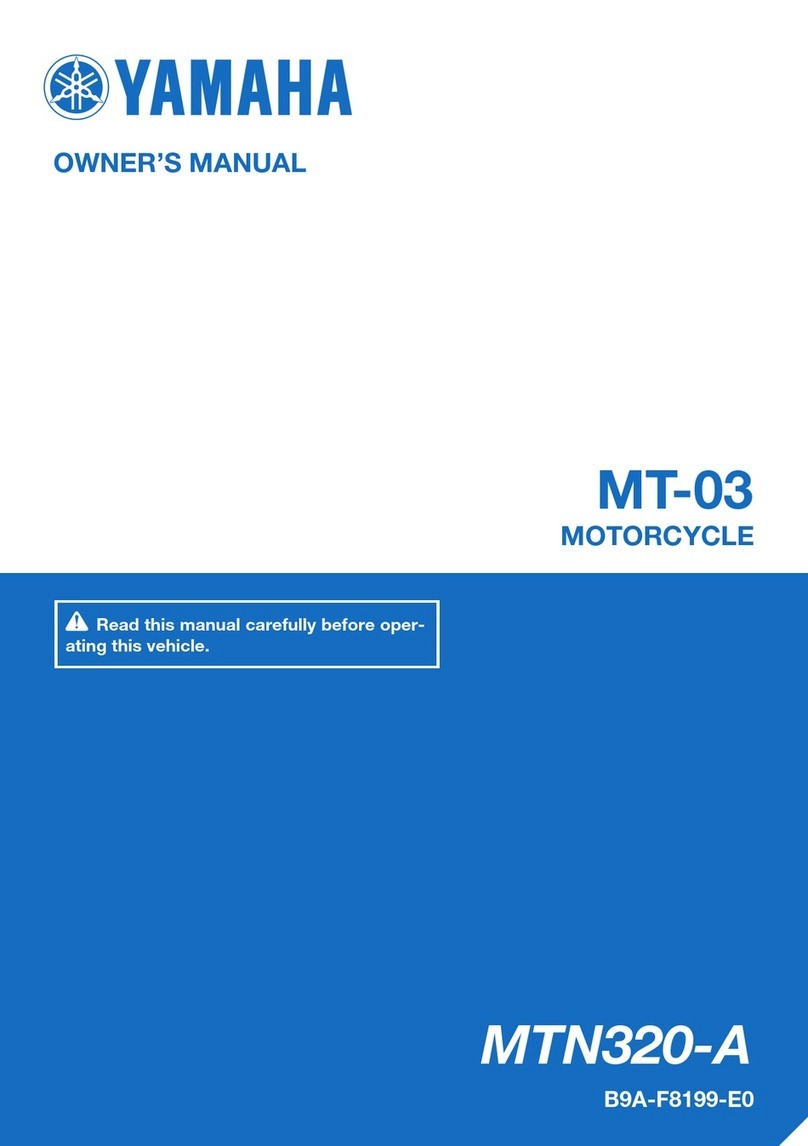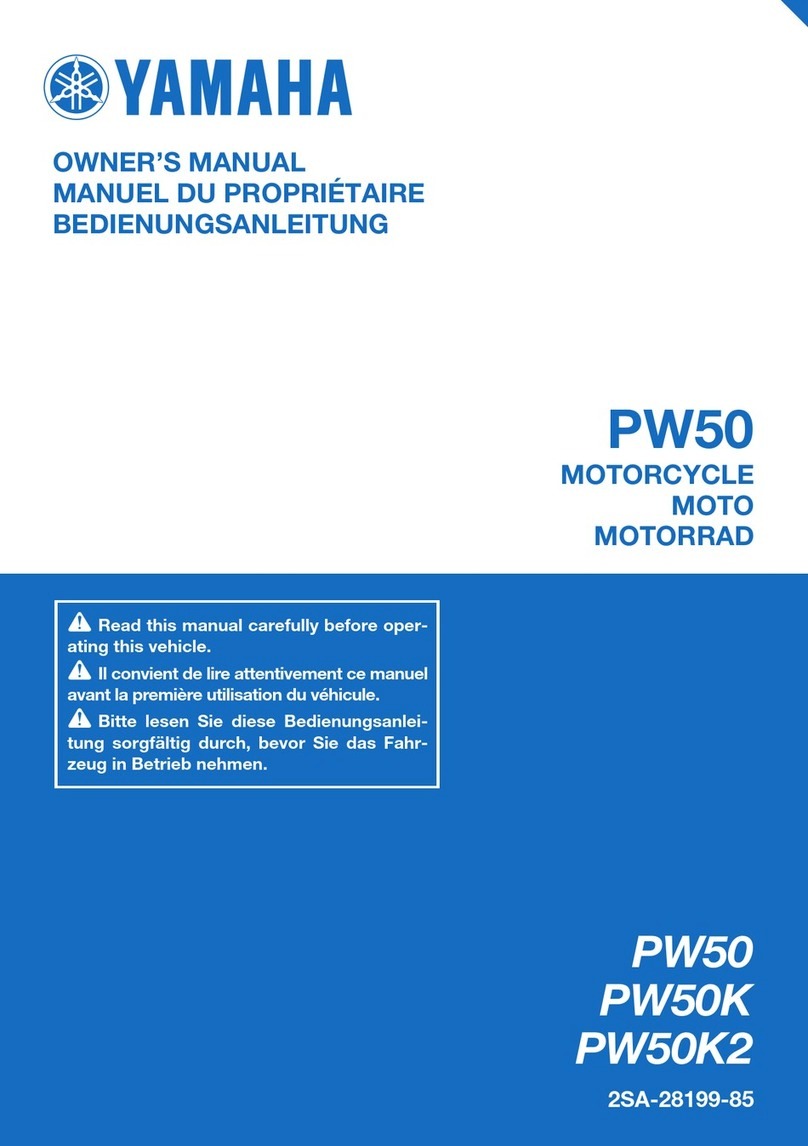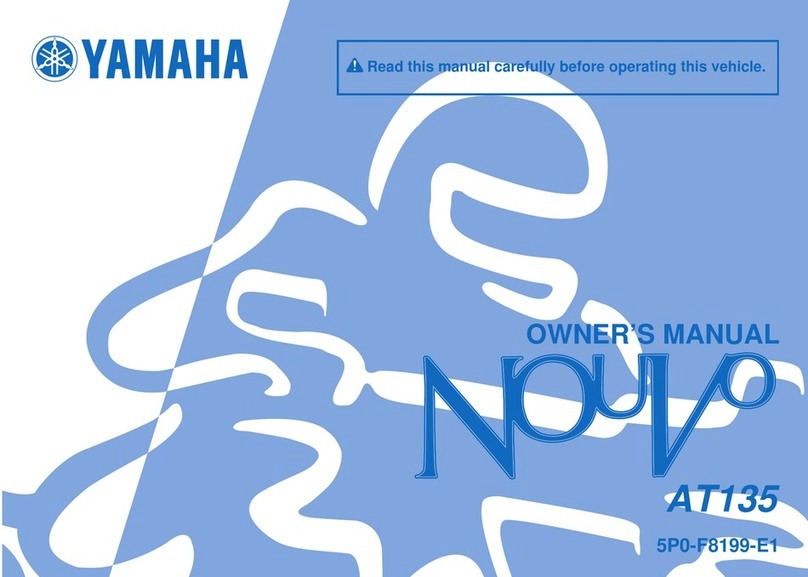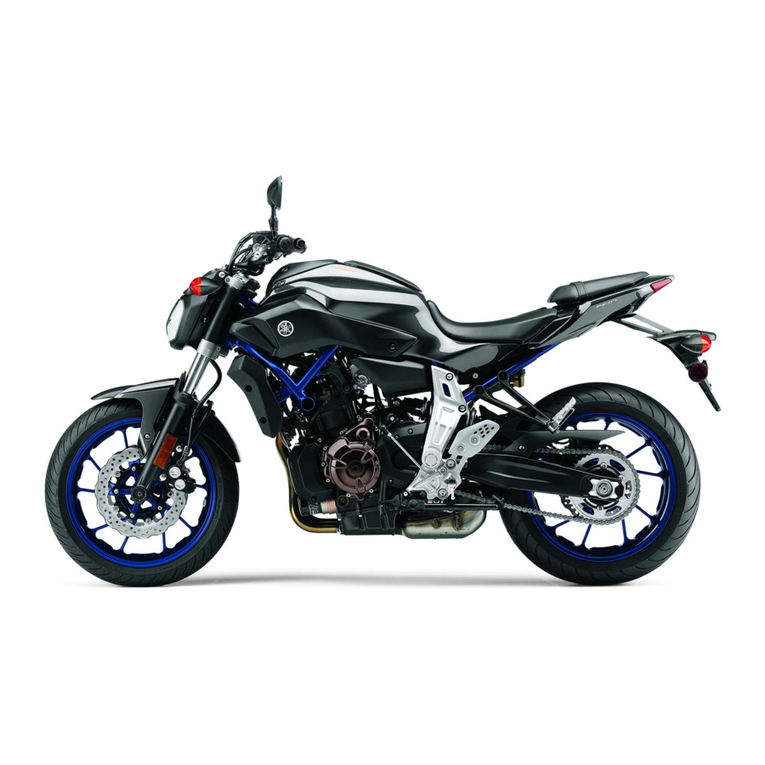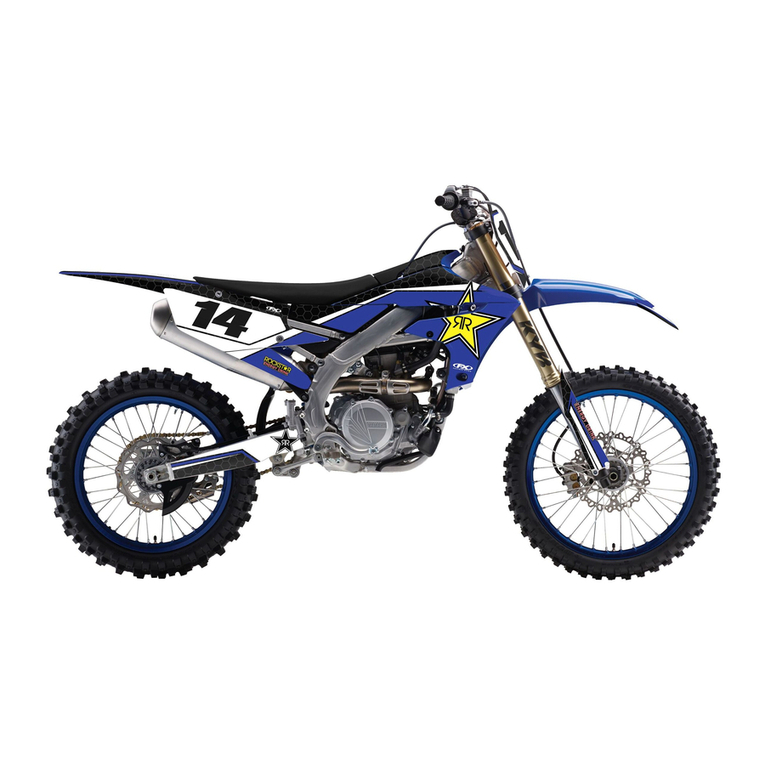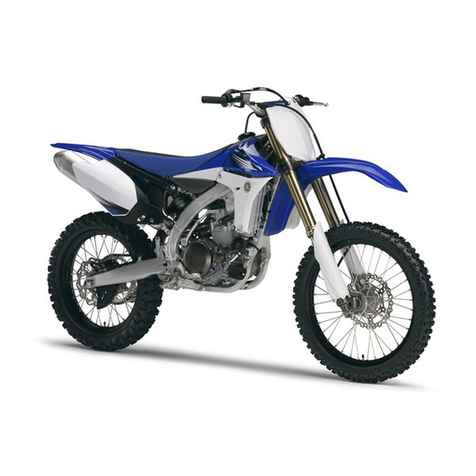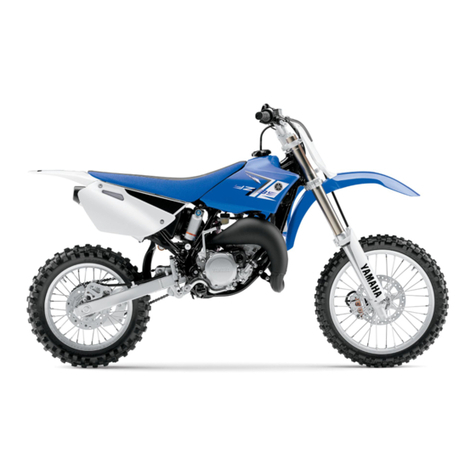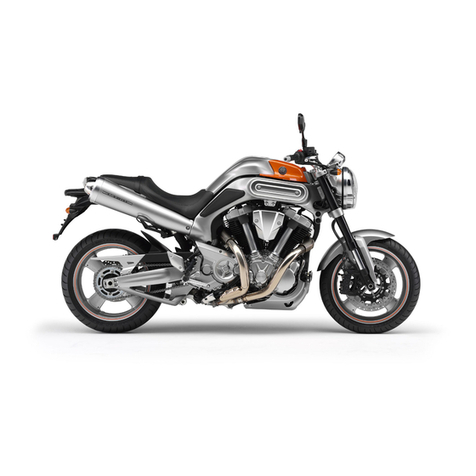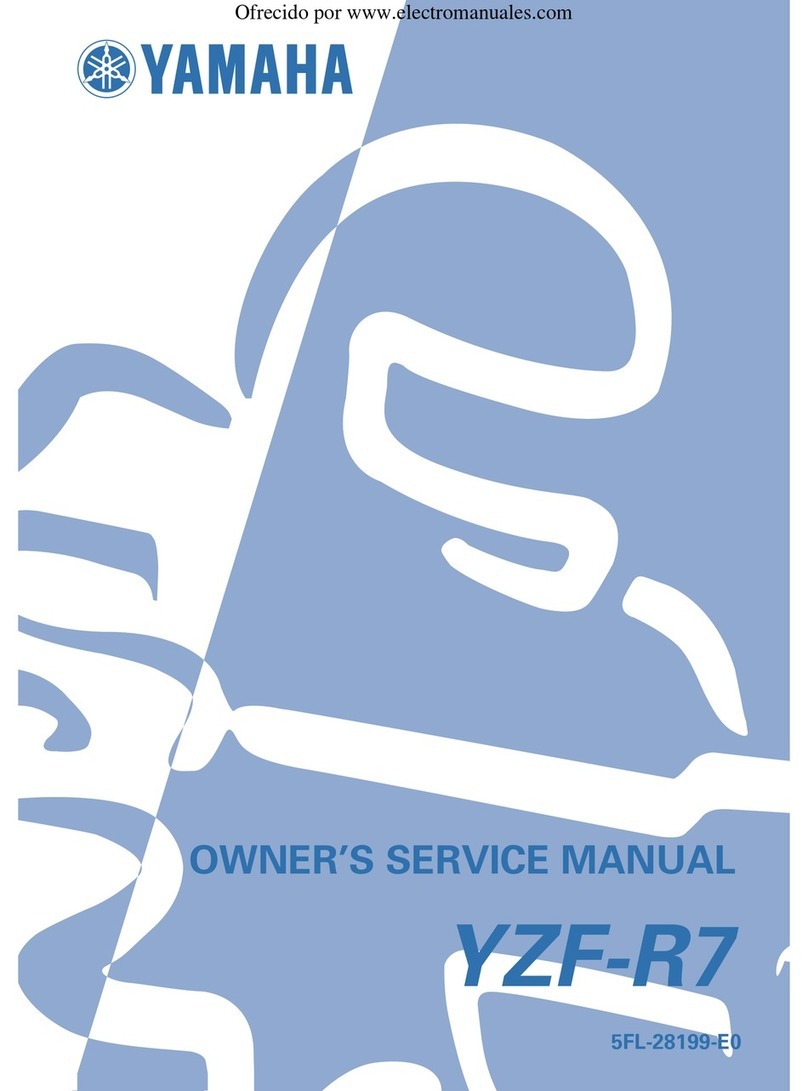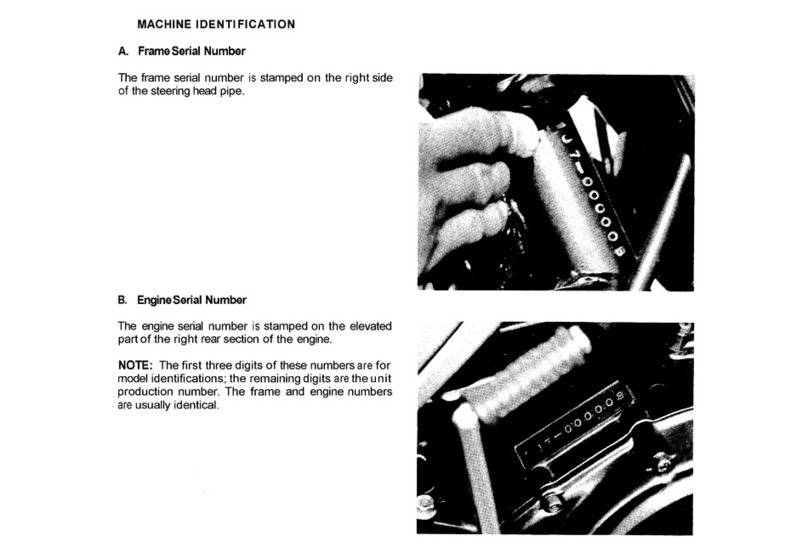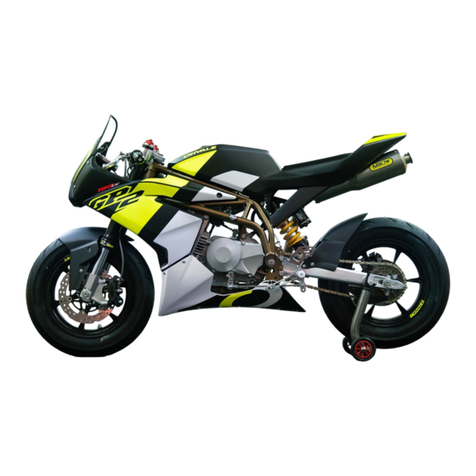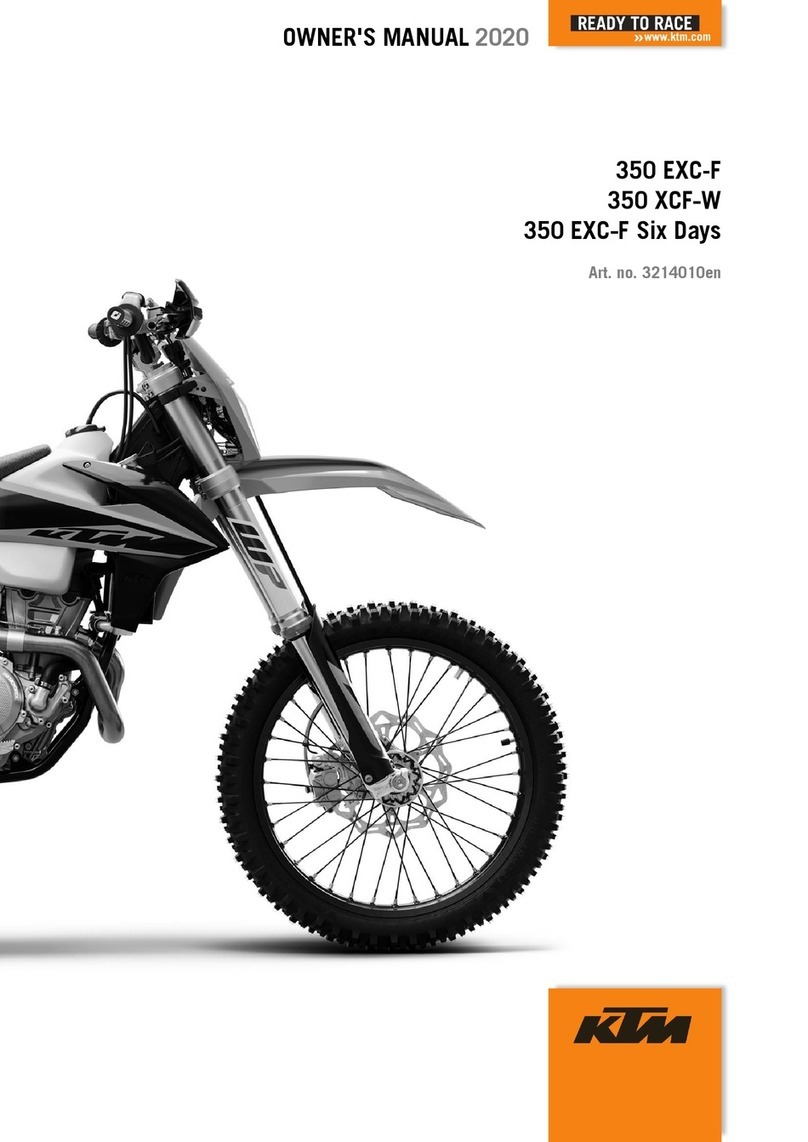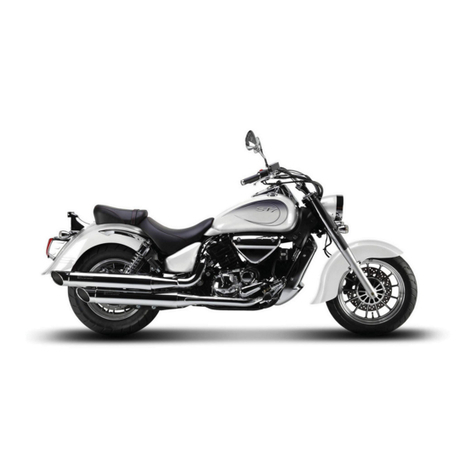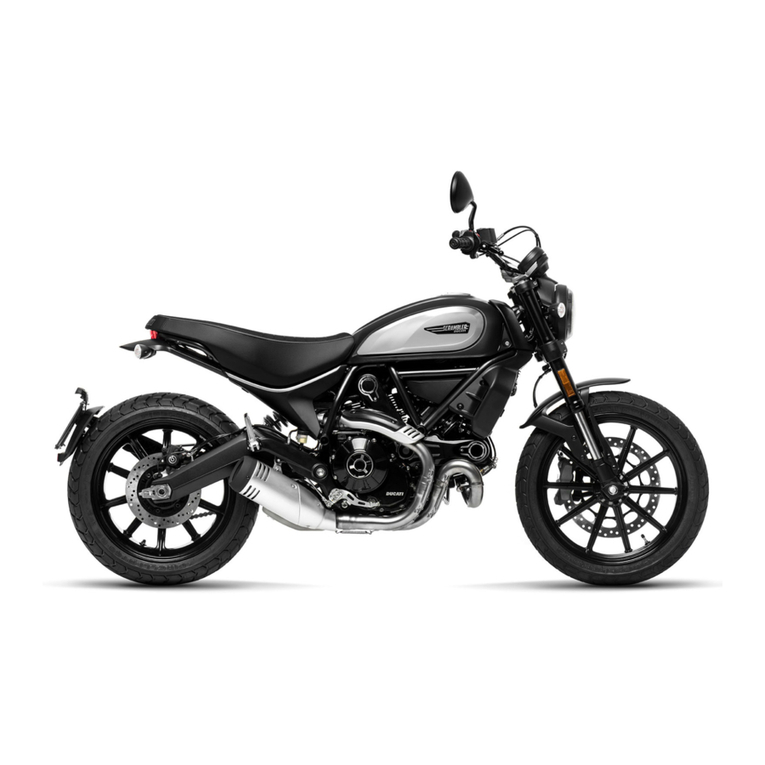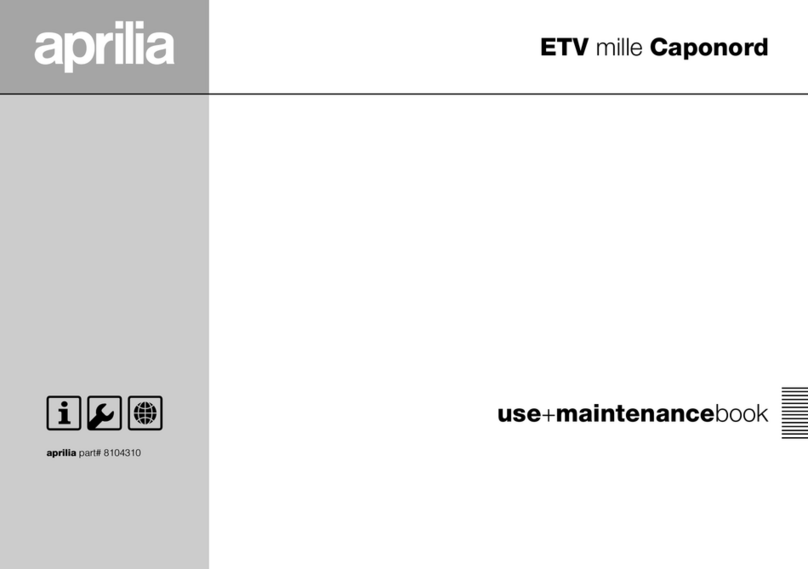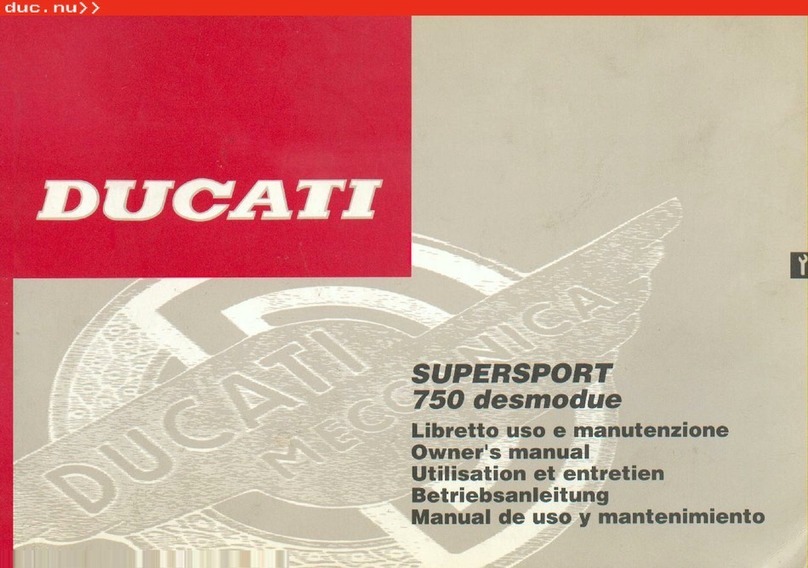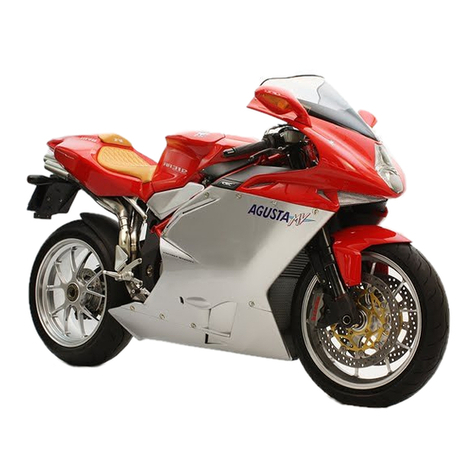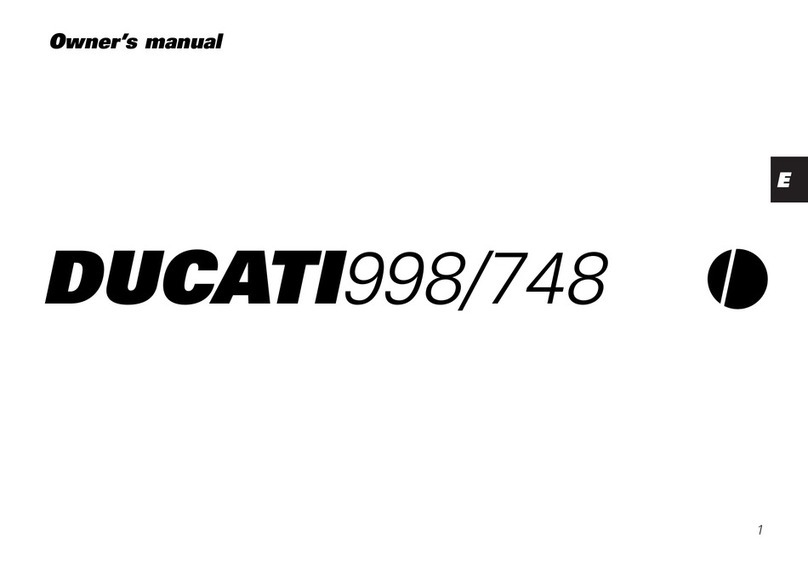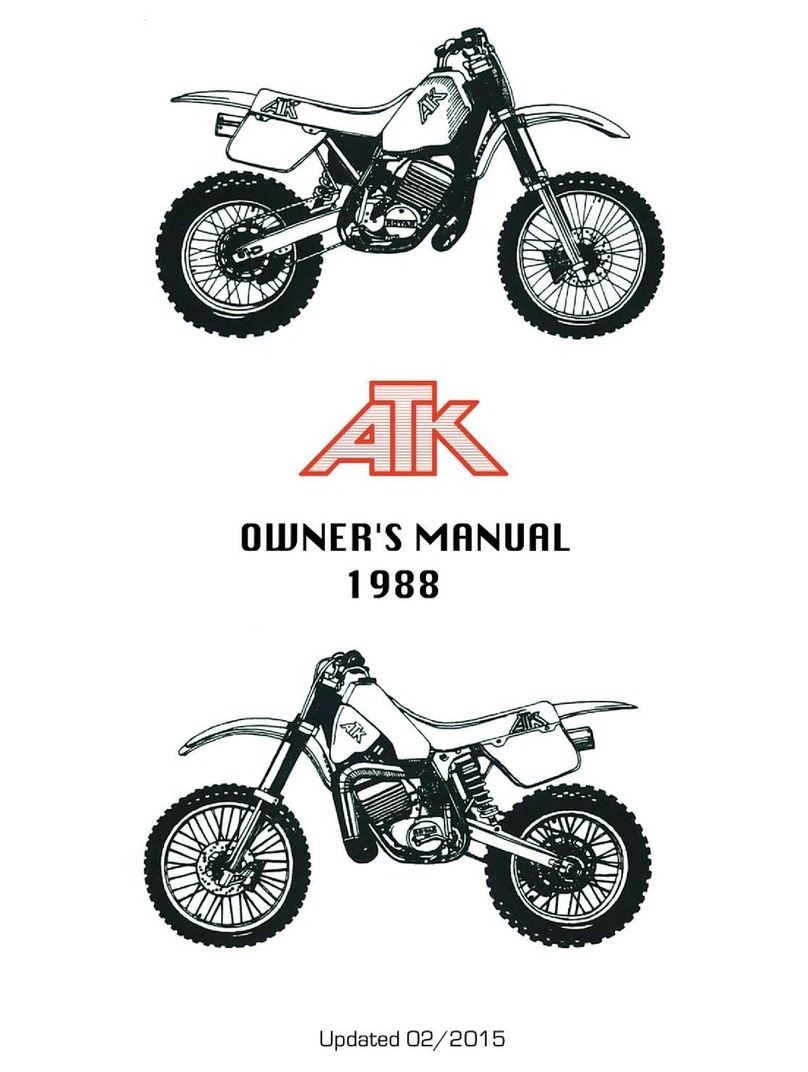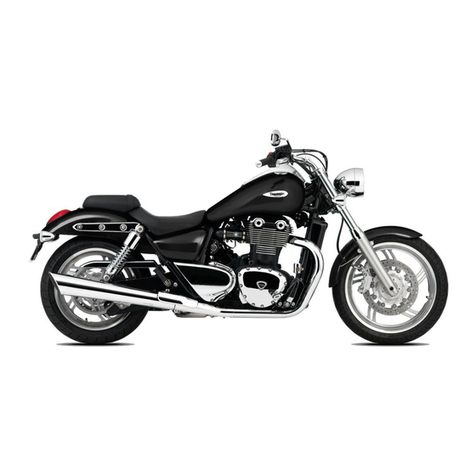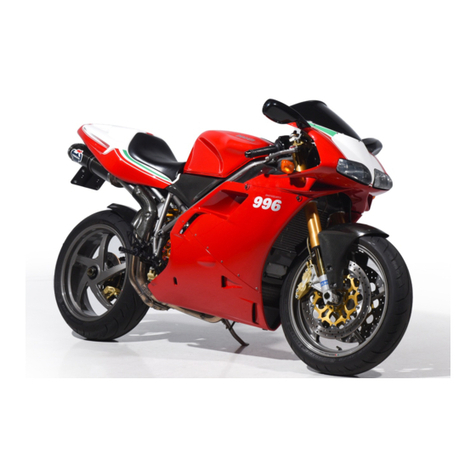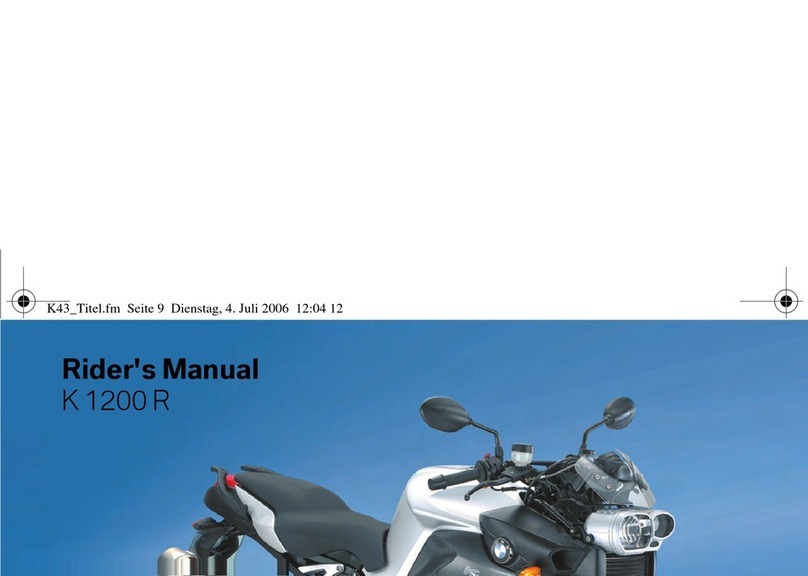
FOREWORD
INTRODUCTION
Congratulations on your purchase of
a Yamaha WR series. This model is
the culmination of Yamaha's vast ex-
perience in the production of paceset-
ting racing machines. It represents
the highest grade of craftsmanship
and reliability that have made Yama-
ha a leader.
This manual explains operation, in-
spection, basic maintenance and tun-
ing of your machine. If you have any
questions about this manual or your
machine, please contact your Yama-
ha dealer.
Yamaha continually seeks advance-
ments in product design and quality.
Therefore,whilethismanualcontains
the most current product information
available at the time of printing, there
maybe minordiscrepancies between
your machine and this manual. If you
have any questions concerning this
manual, please consult your Yamaha
dealer.
PLEASE READ THIS MANUAL
CAREFULLY AND COMPLETELY
BEFORE OPERATING THIS MA-
CHINE. DO NOT ATTEMPT TO OP-
ERATETHISMACHINEUNTILYOU
HAVE ATTAINED A SATISFACTO-
RY KNOWLEDGE OF ITS CON-
TROLS AND OPERATING
FEATURESANDUNTILYOUHAVE
BEEN TRAINED IN SAFE AND
PROPER RIDING TECHNIQUES.
REGULAR INSPECTIONS AND
CAREFUL MAINTENANCE,
ALONG WITH GOOD RIDING
SKILLS, WILL ENSURE THAT YOU
SAFETY ENJOY THE CAPABILI-
TIES AND THE RELIABILITY OF
THIS MACHINE.
PARTICULARLY IMPORTANT
INFORMATION
The Safety Alert Symbol means AT-
TENTION! BECOME ALERT! YOUR
SAFETY IS INVOLVED!
Failure to follow WARNING instruc-
tions could result in severe injury or
death to the machine operator, a by-
stander, or a person inspecting or re-
pairing the machine.
A CAUTION indicates special pre-
cautions that must be taken to avoid
damage to the machine.
A NOTE provides key information to
make procedures easier or clearer.
IMPORTANT NOTICE
THIS MACHINE IS DESIGNED
STRICTLY FOR COMPETITION
USE, ONLY ON A CLOSED
COURSE. Itisillegalforthismachine
to be operated on any public street,
road, or highway. Off-road use on
public lands may be illegal. Please
check local regulations before riding.
1. THIS MACHINE IS TO BE OP-
ERATED BY AN EXPERI-
ENCED RIDER ONLY.
Do not attempt to operate this
machine at maximum power
until you are totally familiar
with its characteristics.
2. THIS MACHINE IS DESIGNED
TO BE RIDDEN BY THE OP-
ERATOR ONLY.
Do not carry passengers on
this machine.
3. ALWAYS WEAR PROTEC-
TIVE APPAREL.
When operating this ma-
chine, always wear an ap-
proved helmet with goggles
or a face shield. Also wear
heavy boots, gloves, and pro-
tective clothing. Always wear
proper fitting clothing that
will not be caught in any of
the moving parts or controls
of the machine.
4. ALWAYS MAINTAIN YOUR
MACHINE IN PROPER
WORKING ORDER.
For safety and reliability, the
machine must be properly
maintained. Always perform
the pre-operation checks in-
dicated in this manual. Cor-
rectingamechanicalproblem
before you ride may prevent
an accident.
5. GASOLINE IS HIGHLY FLAM-
MABLE.
Always turn off the engine
while refueling. Take care to
not spill any gasoline on the
engine or exhaust system.
Never refuel in the vicinity of
an open flame, or while
smoking.
6. GASOLINE CAN CAUSE IN-
JURY.
If you should swallow some
gasoline, inhale excess gaso-
line vapors, or allow any gas-
oline to get into your eyes,
contactadoctorimmediately.
If any gasoline spills onto
your skin or clothing, imme-
diately wash skin areas with
soap and water, and change
your clothes.
7. ONLY OPERATE THE MA-
CHINE IN AN AREA WITH AD-
EQUATE VENTILATION.
Never start the engine or let it
run for any length of time in
an enclosed area. Exhaust
fumes are poisonous. These
fumes contain carbon mon-
oxide, which by itself is odor-
less and colorless. Carbon
monoxide is a dangerous gas
which can cause uncon-
sciousness or can be lethal.
8. PARK THE MACHINE CARE-
FULLY; TURN OFF THE EN-
GINE.
Always turn off the engine if
you are going to leave the
machine. Do not park the ma-
chine on a slope or soft
ground as it may fall over.
9. THE ENGINE, EXHAUST
PIPE, MUFFLER, AND OIL
TANK WILL BE VERY HOT
AFTER THE ENGINE HAS
BEEN RUN.
Be careful not to touch them
or to allow any clothing item
to contact them during in-
spection or repair.


